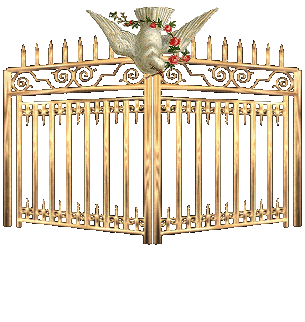Inspiration, Expiration, Respiration, VentilationMechanics of Breathing - 2/2
The mechanism of breathing
This brief video explains the difference among inspiration, expiration, ventilation and respiration
How the Body Works : BreathingThe body's breathing apparatus is enclosed in an expansile bony cage, formed by the ribs, the spinal column and the sternum. The floor of the cage is closed by the muscular diaphragm. Air passes down the windpipe, or trachea, to enter the lungs. During inspiration, or inhaling, the diaphragm moves downward and becomes flatter, and the rib cage expands. This creates a partial vacuum in the lungs and, to equalize the pressure, air is drawn in. Expiration, or exhaling, is passive. The lungs have elastic tissue in their walls and during inspiration this is stretched. In expiration its natural recoil causes the lungs to partially deflate.
Respiratory System, Air passages
Respiratory System, Breathing, Lungs
. Oxygen Transport
CO2 Transport
There are 7 parts of videos by the same author bubbahotepe
Each part focuses on one particular section of the flawless system and explains why a creator designed the system.
The Miracle Of Respiration. Part 1 to part 7
.
How the Body Works : Microanatomy of the LungsPresented here is the microanatomy of the lungs and its components. Alveolar sacs are the terminal portions of the breathing tube system. Composed of up to thirty tiny air pouches, or alveoli, they provide a lung a total surface area of about 850 square feet for the exchange of gases. Alveolar walls, composed of a single layer of cells, and the thin boundaries of capillaries---a barrier only one twenty-five thousandth of an inch thick---are all that separate blood and air. Exchange of carbon dioxide and oxygen across this barrier is completed in only a fraction of a second. Terminal bronchioles carry air to and from alveolar sacs. Cells lining bronchiole walls bear cilia---minute hairs whose beating action prevents large dust particles from entering the alveolar sacs. Macrophages on the inner alveolar surface ingest and destroy dust, soot and other foreign particles. These cells are the body's main line of defense against airborne bacteria drawn into the lungs. Connective tissue fibers form a frame around the alveoli and support their delicate walls. Lymph vessels carry excess tissue fluid away from alveoli. Pulmonary venules take oxygen-rich blood back to the heart. Pulmonary arterioles conduct carbon dioxide rich, oxygen depleted blood to the aveoli. Blood capillaries form a meshwork around the aveoli. As blood flows through the capillaries its loses carbon dioxide and takes up oxygen. and changes from dark to bright red in color.
Respiratory Overview










No comments:
Post a Comment